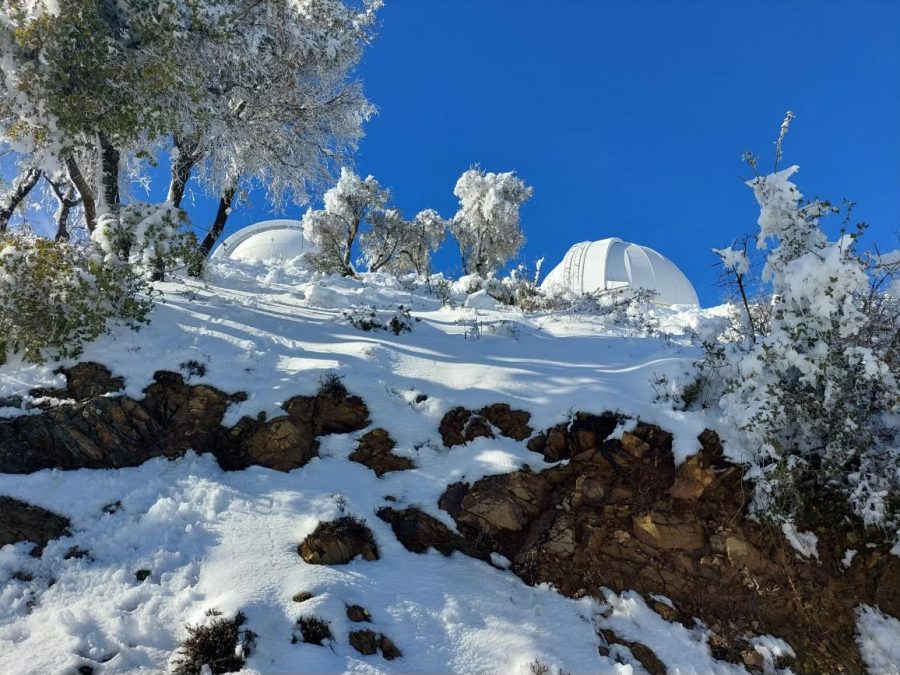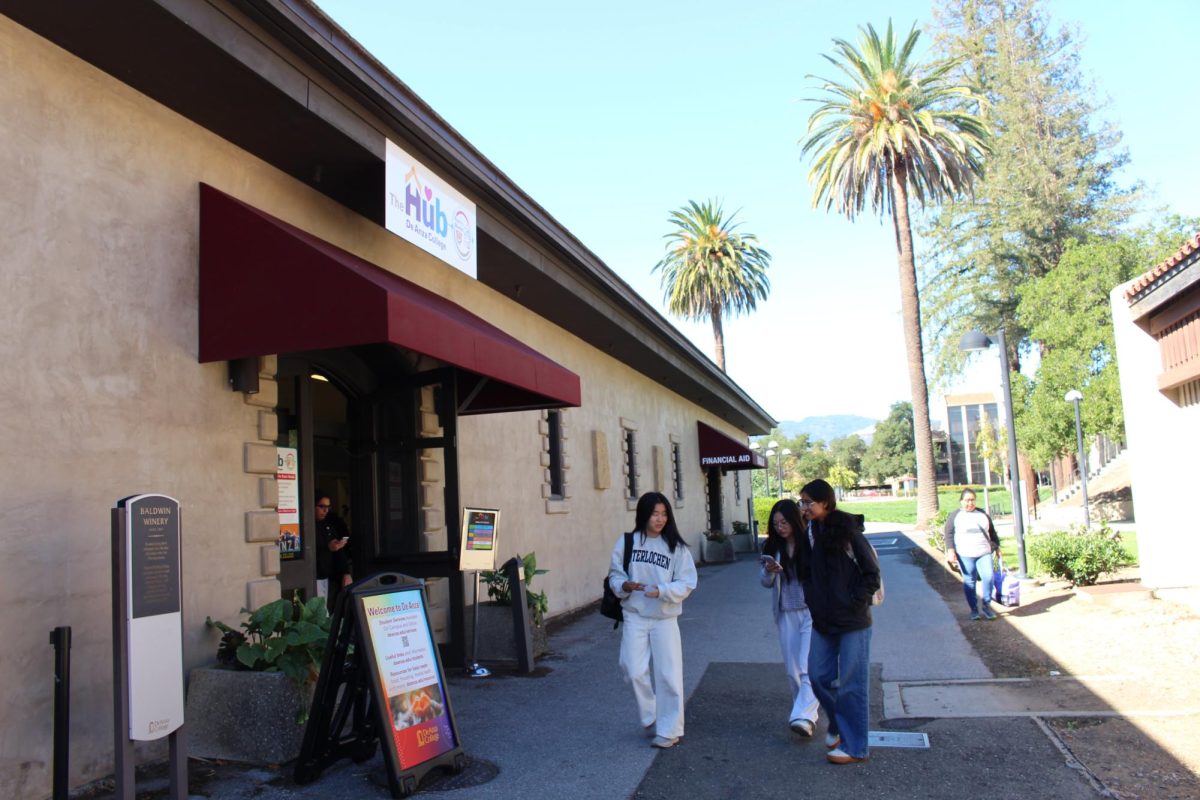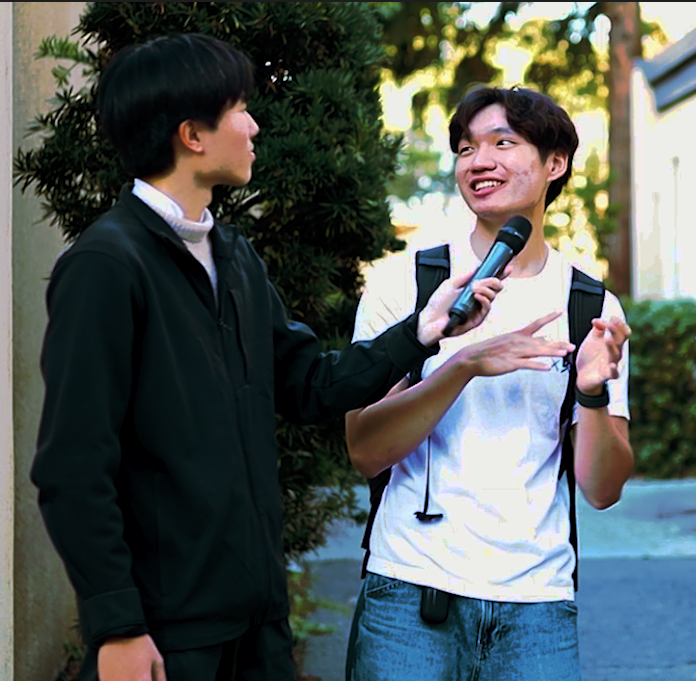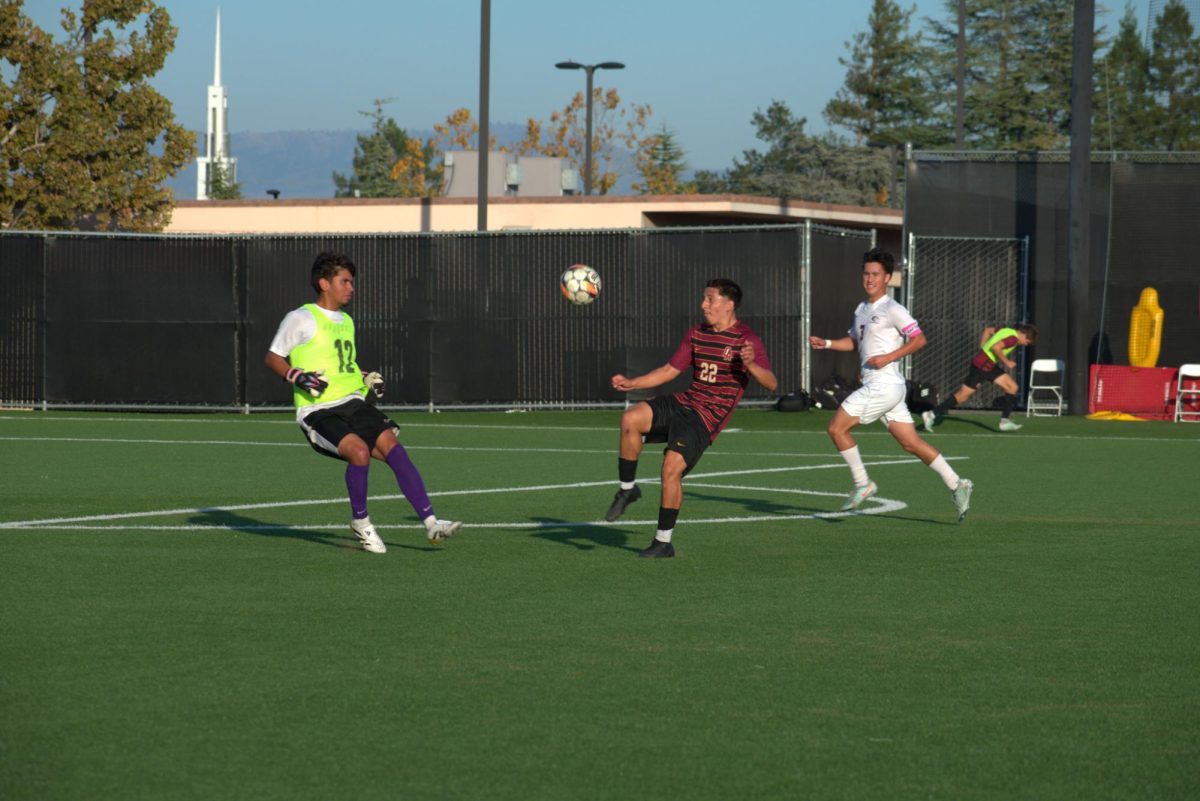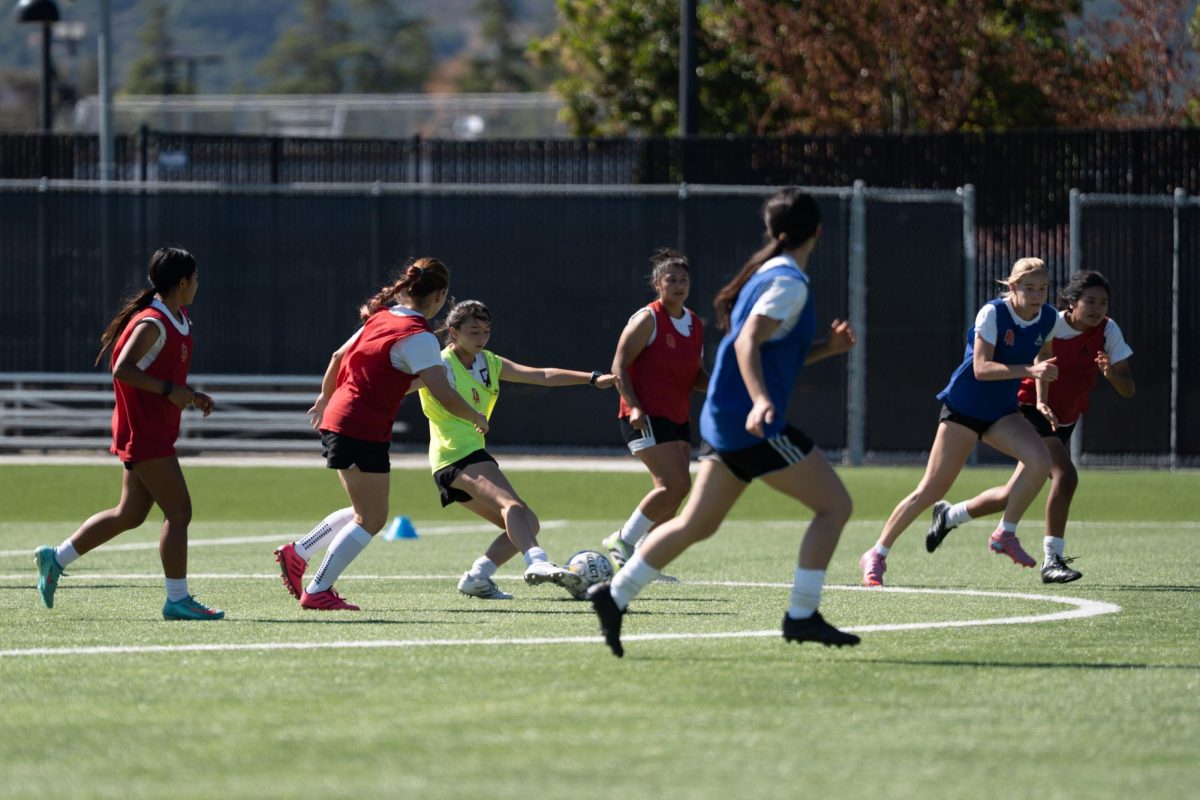De Anza experiences sudden cold and rare wintery weather
The Lick Observatory, located on the summit of Mount Hamilton, was covered in snow on Feb. 26.
March 10, 2023
For the first time in more than a decade, the National Weather Service issued a winter weather advisory for the Bay Area that lasted from Feb. 23 to March 6. Snow on the mountains, which could be seen from the De Anza College campus, ranged from a light dusting that was two to four inches deep for elevations above 1500 feet, to a heavier accumulation that was five to seven inches deep for elevations above 2500 feet.
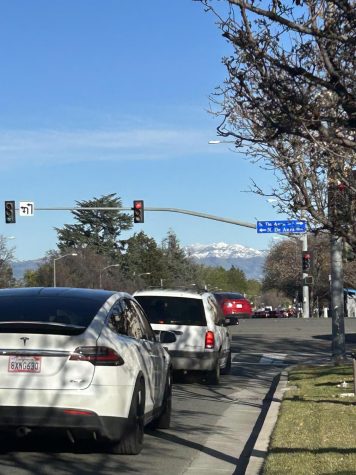
Alicia Mullens, a De Anza meteorology instructor, said that the biggest cause of this wintry weather can be attributed to the Bay Area’s mid-latitude location.
“The difference in warm air from the equator and cold air from the poles creates a boundary between the two air masses called the jet stream, which is a band of fast moving winds in the higher portions of the atmosphere that wraps around the world,” Mullens said. ”The jet stream has ridges that push warm air towards the poles and troughs that push cold air towards the equator.”
Mullens explained that this type of weather is rare because the wind the Bay Area gets in from the jet stream typically comes from the Pacific Ocean, which is located to the west, rather than from colder, eastern regions.
“The direction of the winds in the jet stream are still typically west-to-east, and to our west is the Pacific Ocean, which, even in winter time, rarely gets colder than 50 F,” Mullens said. “(Usually), the air that is blown in from the ocean keeps us from getting too cold, but with this cold weather, the trough we had over the Bay Area made a sort of ‘U-turn,’ bringing air to us from the colder east regions.”
Hsin Yi Kuan, 19, Mandarin translation and interpretation major, said that he was surprised to see snow on the mountains while he was on campus.
“I have never seen snow in my life, only on TV,” Kuan said. “So it’s crazy for me to see snow in the Cupertino and San Jose area.”
Deshawn Dennis, 18, registered nursing major, said that the weather over the past few weeks has been hectic.
“The fact that snow was present on the mountains was a sight to see and it shows how the weather has been lately,” Dennis said. “I’m looking forward to spring. I don’t like sleeping in a cold bed.”
According to the San Francisco Chronicle, these cold weather conditions are uncommon but not as rare as many people think. In 2011, a San Francisco community saw its first snow since 1976 on Twin Peaks, and more recently, similar snowfall was seen on the Highway 17 summit in the Santa Cruz mountains.
Mullens remembered the widespread cold weather event that hit the Bay Area in 1976.

“None of these recent (weather) events (can compare),” Mullens said. “In 1976, practically everyone in the Bay Area, including De Anza College, saw snow. I remember De Anza’s social media posting a picture where the S-Quad was covered in snow.”
Mullens said that seeing snow that year was “awesome” and talked about how she had a chance to go see more snow on the evening of Feb. 23 for a few minutes.
“I absolutely love that this event happens. I’m from Southern California and stuff like this never happens,” Mullens said. “I’ve been able to go ‘snow chasing’ every year since I moved up to (Northern California) in 2017, and most attempts have been successful.”
But Mullens said she also felt worried by recent weather events, explaining that some people will still use the cold weather as a means to argue that global warming is not happening.
“Different parts of the world are experiencing global warming differently,” Mullens said. “Weather and climate aren’t the same thing. The first global warming (event) is a very misleading concept so although global average temperatures are rising, we can’t use that one value to describe the state of the planet.”
In the meantime, the cold weather in the Bay Area is expected to continue, with the 10-day weather forecast predicting excessive rainfall leading to flooding and southerly winds with gusts up to 50 mph.



